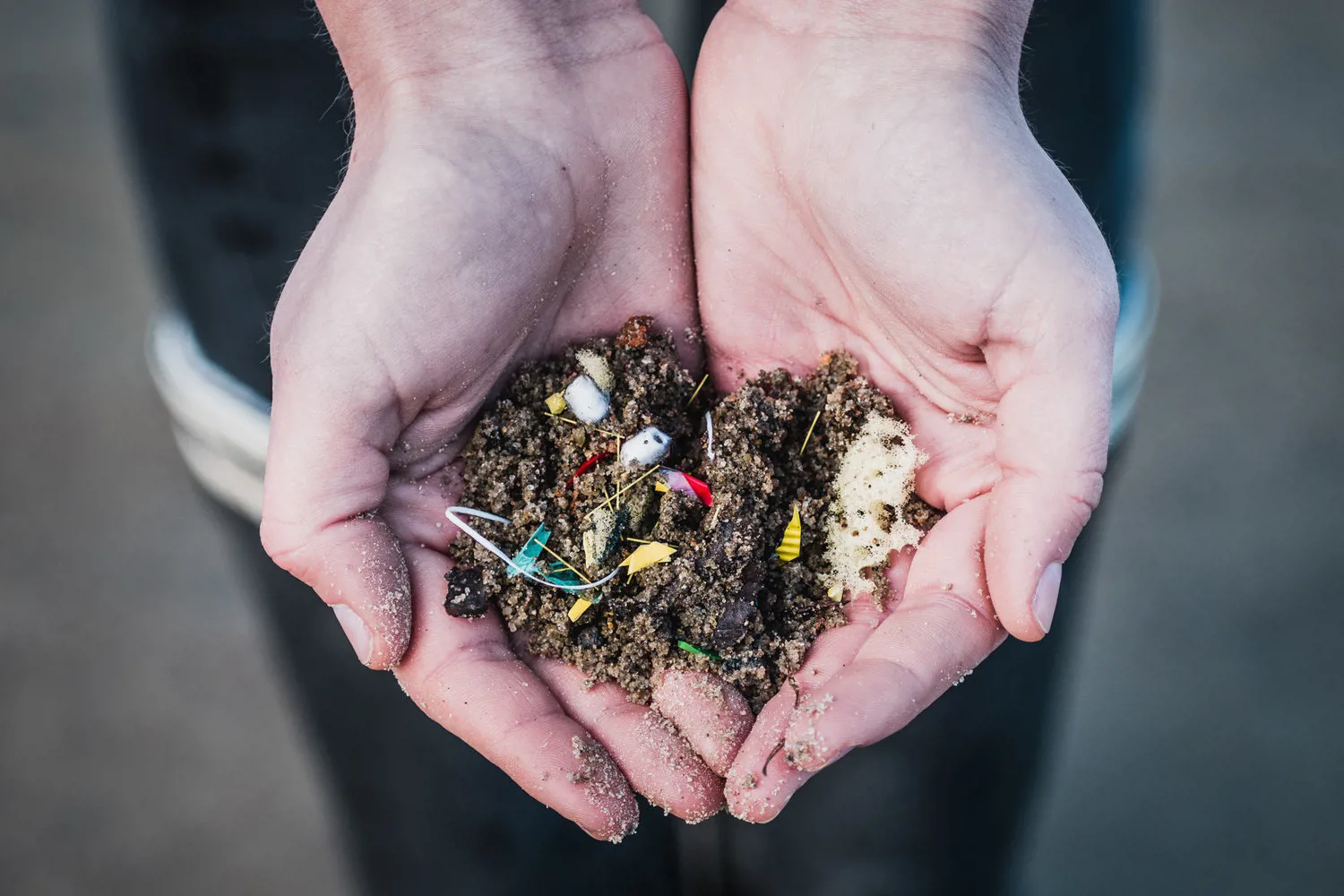Once again we are in the run-up to London Fashion Week, where the biggest names in fashion display their latest collections to buyers and the media, dictating next seasons designs, fabrics and colours that will be copied and reproduced all over the world.
When it comes to unravelling the environmental impact of our clothing from the extraction of materials, the manufacture and dispatch, it’s an absolute minefield. Lack of transparency in the fashion industry makes it very difficult for consumers to make an effective judgement on whether or a not a piece of clothing is ethically or sustainably produced. This aside there is one area where new research is showing a particularly grave environmental problem with our clothing. We’ve all heard about plastic bags and bottles being washed into the sea but what you may not know is the plastic microfibers enter the ecosystem every single time you wash a piece of clothing.
Current water filtration systems are not able to filter out these tiny particles which are so small that they are easily consumed by fish and other wildlife, entering the food chain. These microfibers have become one of the most commonly detected types of plastic in water samples, found in streams, rivers, lakes, ocean water, deep sea, arctic sea ice, seafood, table salt, and even drinking water. So far, the impact on humans of these fibres in the food chain and water systems are unknown, but some animals including krill have been shown to partially digest the fibres, with the potential to leach chemicals, and filling them up, preventing them from eating their natural food.
Natural fibres like hemp, cotton, wool, and silk also release fibres when washed, but these eventually biodegrade. The real problem lies with man-made fibres including nylon, polyester, rayon, acrylic and spandex. These materials are all staples used in sports and outdoor clothing. Washing a single fleece jacket sheds as many as 250,000 synthetic fibres, the number increasing with old or poor quality items. Sports gear is particularly bad. Their sweat-wicking properties mean they smell a lot more than natural fabrics, therefore, need to be washed more.
So, what do we do?
Enter the Guppyfriend washing bag, sponsored by Patagonia and launched on Kickstarter. The makers of the bag, Langbrett, say that it traps 99% of microfibers from being released. In the name of research, one of our trusty First Mile staff members purchased the bag, have a read of her account below!
The bag is a bit like a white pillowcase with a strong zip at the top. You simply fill the bag with your synthetic clothing, shove in the wash, and then hang your clothes out to dry as normal. I only had non-bio washing powder to hand but at least I know for next time. With the first load I couldn’t see any fibres collected at the seams so I decided to try again with another load. This time I overfilled the bag (mistake-should have read the instructions) so the clothes couldn’t spin properly and came out sopping wet and had to take them out and spin them again. After the second attempt, there may have been some threads captured in the seams, but I accidentally breathed on them and blew them away whilst peering into the bag. However, it must be said that most of the threads are not visible to the naked eye so it’s not surprising I couldn’t see them.
Scientific experiment over, I couldn’t say for sure if the Guppyfriend washing bag definitely captured the microfibers without having access to a microscope, but I do trust the manufacturer's claims. I’m not normally one to pedal a new product in which to prevent environmental catastrophe, but the bag was easy to use, will last 1000s of washes, is a simple prevention step for anyone who often wears and washes synthetic clothing.



